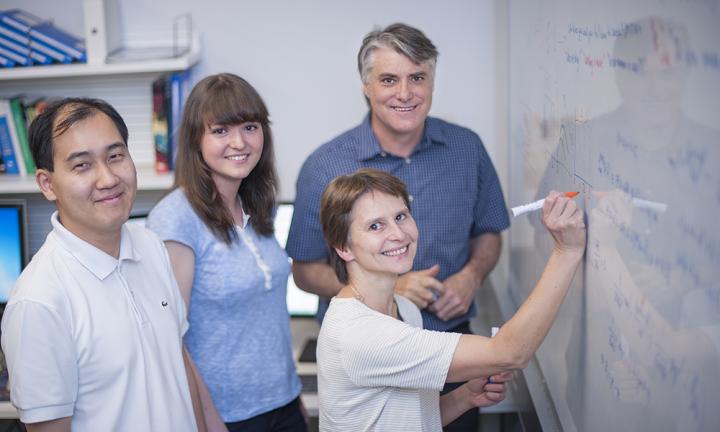ACADEMIA
Australia's new models predict how the body fights disease

Walter and Eliza Hall Institute researchers have defined for the first time how the size of the immune response is controlled, using mathematical models to predict how powerfully immune cells respond to infection and disease.
The finding, published today in the journal Science, has implications for our understanding of how harmful or beneficial immune responses can be manipulated for better health.
The research team used mathematics and supercomputer modeling to understand how complex signaling impacts the size of the response by key infection-fighting immune cells called T cells. The team included Ms Julia Marchingo, Dr Andrey Kan, Dr Susanne Heinzel and Professor Phil Hodgkin from the Walter and Eliza Hall Institute, and Professor Ken Duffy from the National University of Ireland, Maynooth.
T cells are important for launching specific immune responses against invading microbes, as well as eliminating some cancer cells. Errors in the control of T cells can lead to harmful 'autoimmune' responses that attack the body's own tissues, the underlying cause of diseases including type 1 diabetes and rheumatoid arthritis.
The team combined laboratory data with mathematical models to clarify how different external signals impact on T cell proliferation, Ms Marchingo said. "The more times T cells divide, the more powerfully they can fight their target," she said. "For example, if T cells are responding to a vaccine, more division can produce a better protective immune response.
"The outcome of our research is that, for the first time, we are able to predict the size of an immune response, such as the response to flu virus, based on the sum of the signals received by the flu-responsive T cells."
Dr Heinzel, who jointly led the research with Professor Hodgkin, said the new models provided particular insights into how immune responses might be manipulated to improve health. "Therapies that harness the immune system to attack cancerous cells have begun to show great promise for treating cancer," she said. "Our research provides clarity about how these anti-cancer immune responses could be enhanced to develop new, and improve existing, cancer treatments."
Professor Hodgkin said the research also showed how 'errors' in the developing immune response contribute to autoimmune disease. "Many of these diseases are not caused by a single change in our body, but by complex, very subtle changes in many factors affecting T cells," he said. "In the case of harmful T cells responses against our own body tissues, this model clarifies that many small changes in the signals delivered to T cells can have a cumulative effect, enough to trigger a harmful immune response.
"In the long run this may enhance efforts to predict a person's risk of autoimmune disease, and improve how these conditions are treated," Professor Hodgkin said.

